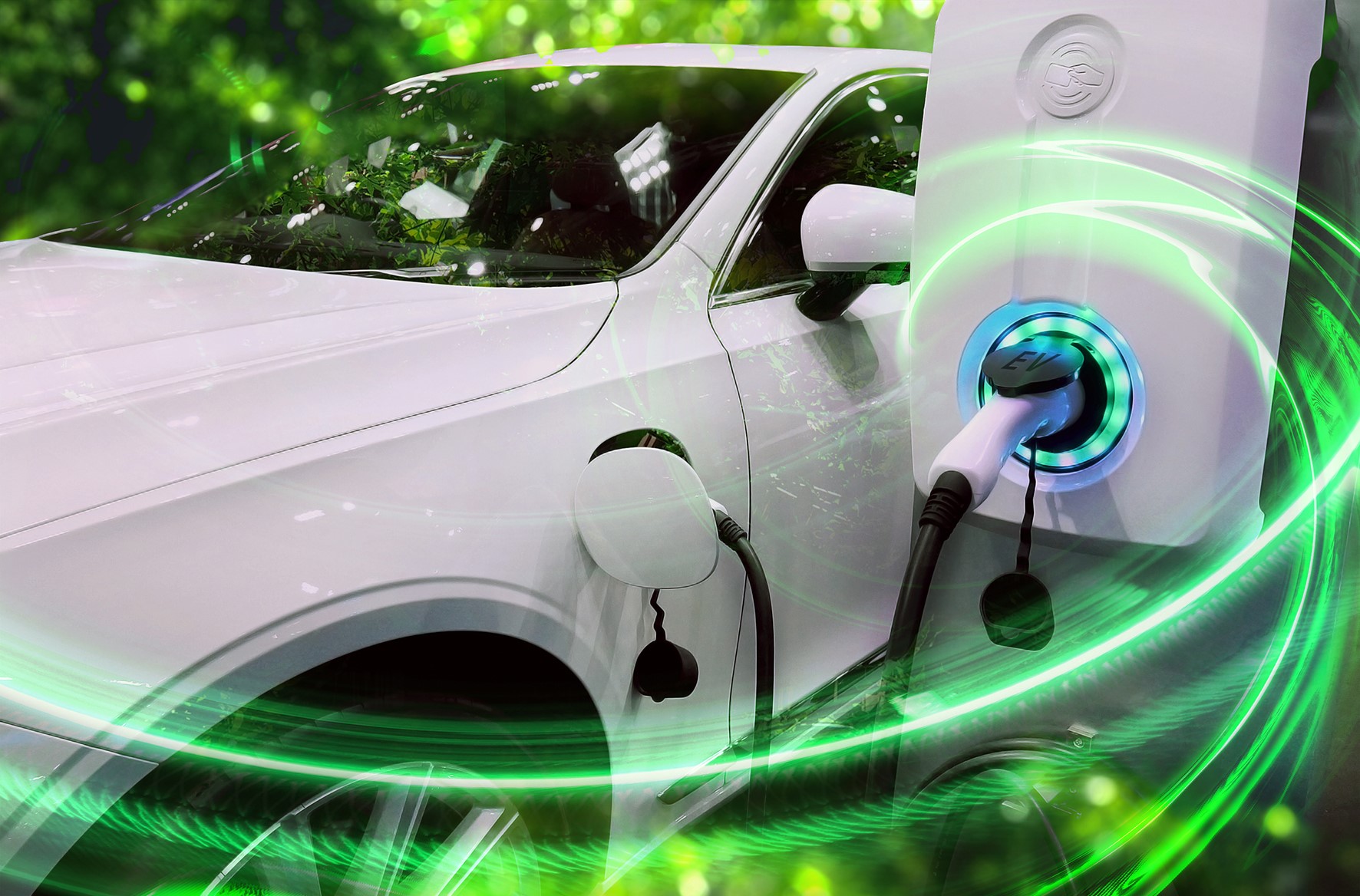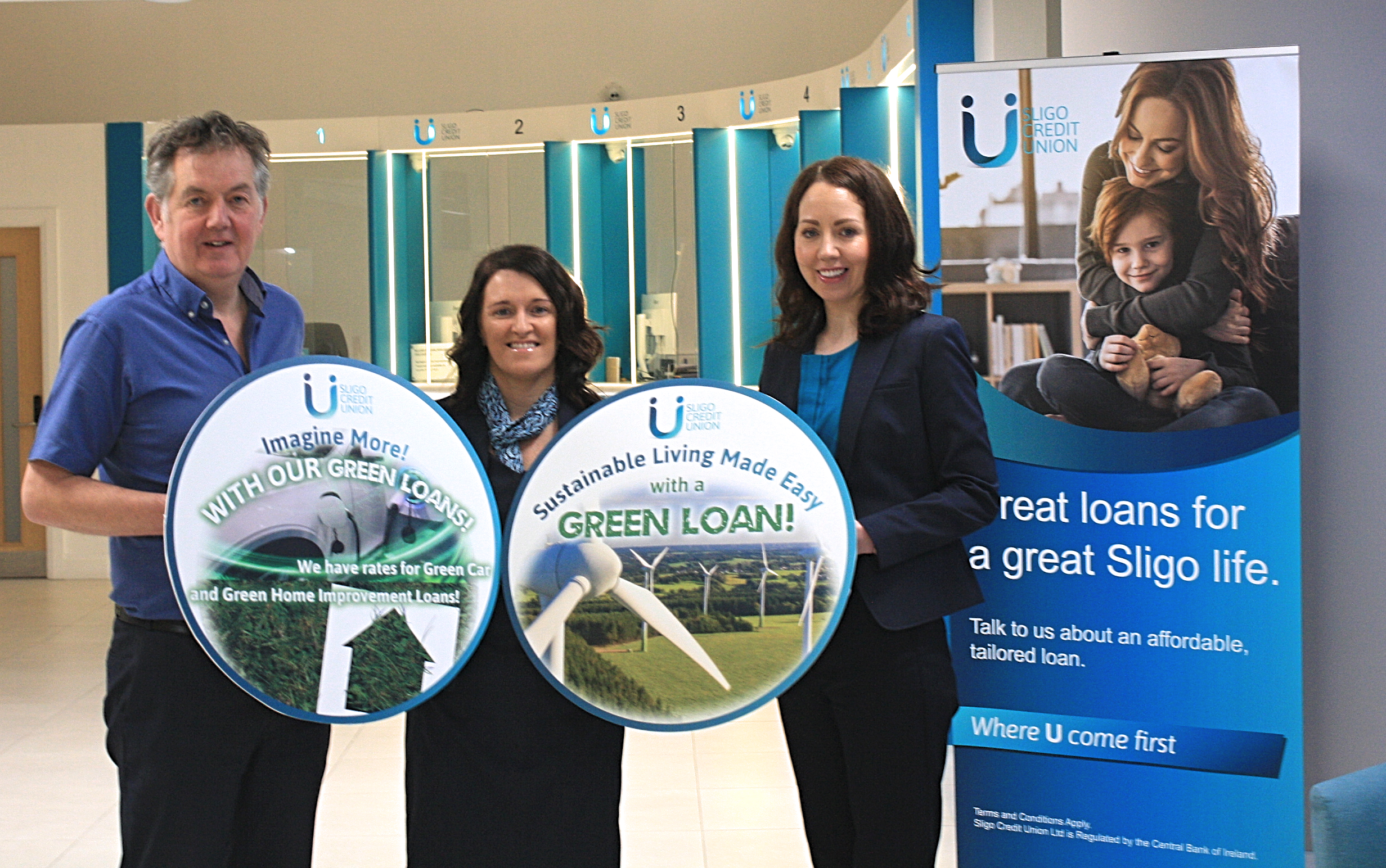17 January 2024
Set The Wheels In Motion: Trade In Tactics
If the time has come to change your old car to something a bit newer, you're now facing the prospect of either selling your car privately or trading it in to make things easier. If you opt for the latter, here's a series of tips to help you maximise the monetary value of your old car, so that you can end up with the best trade-in price for it possible.
1. Get your car into tip-top condition
You’ll get the strongest trade-in values if the car you’re going to present to dealers is as clean and tidy as possible. Make sure to wash your car on the outside and clean-out inside, but if there are minor scuffs and dents on the vehicle, it could be worth sorting them out - you’ll get more money for a car with completely straight panels and no visible damage showing.
Also consider getting the car serviced if it needs it, or it has been a while since its last maintenance, and check that everything such as the tyres, lights, wiper blades and so on are all either in good condition and/or working properly. The less ‘used’ and tired your car looks, the more money you will get for it.
2. Know the car’s realistic value
You can use Carzone's Car Valuation Tool to look up the current market values of cars of a similar age, condition, specification and even colour to yours first. Once you know this figure, you can then position your expectations for the trade-in value.
Dealers only take cars in to sell them on again on their used forecourts (or they send the part-exchange vehicles to auction) and this process costs them money. They therefore adjust the trade-in value accordingly, so don’t be surprised if trade-in values are a good few grand less than what the car is ostensibly worth if you sold it yourself to a private buyer.
3. Try and keep your two deals separate
A lot of dealers will often talk about giving you a better trade-in price… IF you sign up for a new (or newer) car from them. But then they can use this mechanism to mask keeping the price high on the car you’re buying, so although the trade-in looks a good deal, the cost of the new car isn’t such great value.
Therefore, try and keep the two deals separate in negotiations, as you ultimately want the best offers possible on both the trade-in price of your old car and the cost of the replacement vehicle.
4. Don’t be afraid to negotiate
Dealers can seem intimidating, as they work in the car sales business all the time - so it’s easy to think they know all the tricks of the trade, and they will somehow bully you into accepting a low trade-in value.
Nevertheless, if a dealer’s first offer seems too low, tell them you won’t accept it and make a counter-offer. It’s important to be reasonable here and remember they’re never going to give you what the car’s full market value is. So don’t try and get them to pay prices that you’ve seen similar cars up for sale at, because it just won’t happen.
5. Get multiple trade-in offers
Try not to go to just one dealership to get your trade-in offers. If you go to two or three different places, you’ll get a more accurate estimate of what the car is truly going to be worth on part-exchange. You can then potentially range dealers against each other, as you can tell each individual showroom whether you’ve had a better offer from a local rival. Dealers will be loath to lose the sale of a new or newer car to a competitor who’s offering a few extra hundred euro part-exchange, so it could see them improve their first offer.
6. Identify relevant sales sites
It’s not a hard and fast rule, this one, but if you’ve got, for example, an old Opel that’s only worth a few thousand euro and you’re planning to upgrade to a significantly newer, more expensive premium car - such as a BMW or a Mercedes - then you’re unlikely to get much joy in terms of the trade-in offer from a main dealer of these marques.
This is because they may not want to sell cheaper, mainstream cars on their forecourts, so they’ll simply bundle them off to auction, where they’ll likely get a lower sale price. That will be reflected in their trade-in offer. Instead, try a car supermarket, which will usually have a few examples of the new car models you’re looking at, while it will also be happy to take in any vehicles to sell on.
7. Make sure to have all the relevant paperwork with you
If you have a sheaf of paperwork relating to the car you want to trade in, including its service history, all maintenance work, legal documents and so on, take them along with you to the negotiations. Just as with any used-car buyer, if a dealer sees plenty of evidence of care in the vehicle’s prior ownership period, then it will provide peace of mind and most likely incur a higher trade-in offer. And you’ll also need give the dealer your older motor’s Vehicle Registration Certificate if you do decide to accept a deal to upgrade to a newer car.
8. Don’t be afraid to walk away
In the end, as with any transaction, if you’re not happy with the prices being discussed then you do not have to accept them. Granted, if you’re itching to get shot of your old car for something newer or more reliable, this can be hard to do, but don’t be desperate to accept any lowball trade-in offer for your car just for expediency’s sake. Make sure you have a target figure of your minimum value in mind before you go, and then stick to it - and if dealers can’t match it, walk away and try again another day.
9. Identify your car finance options
If you need finance to help you buy a newer car on top of your trade-in, make sure that you know all of the car finance options available. Most car dealers will offer car finance/PCP/HP.
While PCP (Personal Contract Plan) can be convenient, it comes with warnings. One of these is that you won’t fully own the car until the final payment. Essentially, PCP finance is a lease scheme. You may also be constrained by car servicing agreements and caps on mileage.
PCP contrasts with a credit union car loan which is available to people both purchasing a new and used vehicle. Did you know that with a Sligo Credit Union car loan you own the car from the start? You can drive it as much as you want with no mileage caps. You can read more about the difference between the two loan types on our blog comparing credit union car loans vs PCP.
Car Loan







